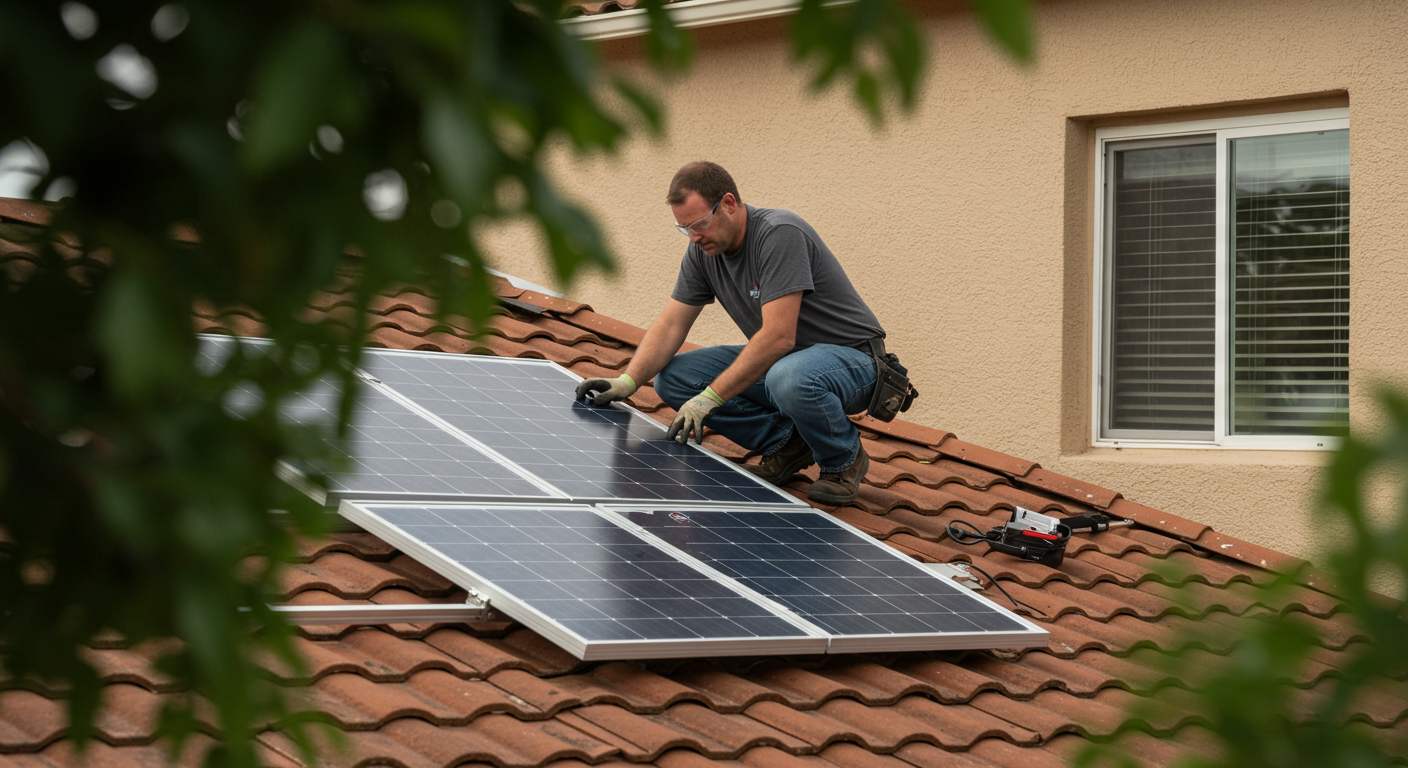In March, the Solar Energy Industries Association (SEIA) announced that renewable energy – primarily solar power – had outpaced fossil fuel energy for the first time. The US solar industry installed 32.4 gigawatts-direct current of capacity in 2023 – “a remarkable 51% increase over 2022,” the SEIA noted.
This was the industry's biggest year by far. Government rebates, tax breaks and credits for domestic solar power explain why this energy source has become increasingly popular. Under the Federal Government's Residential Clean Energy Credit plan, homeowners who choose “new, qualified clean energy” power for their homes between 2022 and 2032 can enjoy a 30% rebate on installation costs. This figure will drop to 26% in 2033 and 22% in 2034.
This credit can also be combined with similar state or local government rebates and utility programs in certain circumstances. For example, Arizona, Hawaii, Idaho, Massachusetts, New York and South Carolina all offer solar income tax credits.
The first step for homeowners is to choose an installer to assess the site. The solar utility company will then design and organize a system. A permit must be obtained from the local county or city, which can take up to two months. The solar panels are then installed, and this can take anywhere from a few hours to several days depending on the size of the system. Finally, before a solar panel system can be connected to the grid and activated, a local county or city representative must inspect and approve it, and this can also take a week or two to organize.




